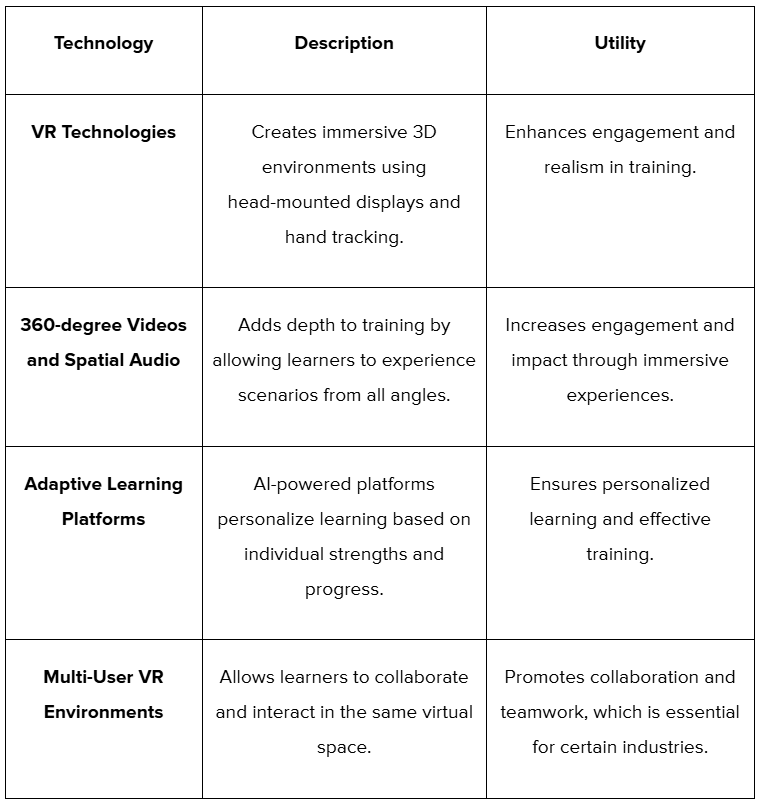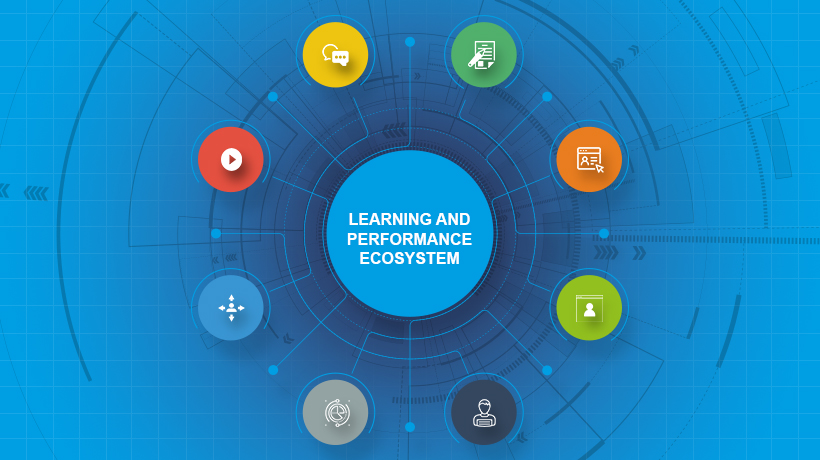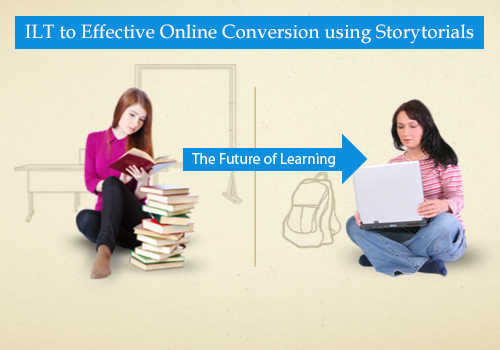
Have you ever wondered how astronauts, surgeons, or military personnel prepare for high-pressure situations? They don’t just read manuals or attend lectures—they step into simulated environments that mirror the real world.
Unlike traditional learning, which focuses mainly on theory, simulation training is about hands-on experience. Through technologies like virtual reality (VR) or augmented reality (AR), learners immerse themselves in realistic challenges that test their abilities.
These tools offer a chance to learn from immediate feedback and make necessary adjustments. The beauty of this approach is that it accelerates the learning process.
Simulation training isn’t just faster; it’s more effective. It allows learners to gain confidence and competence quickly. Keep reading to explore how simulation training is reshaping industries.
How Simulation Training is Enhancing Modern Learning
Have you ever wished you could test your skills before facing a high-pressure situation? Whether you’re making key business decisions or managing a medical emergency, simulation training offers the chance to practice in a safe, controlled environment, helping you gain real-world experience without the risks.
How Simulation Training Makes a Difference
- Realistic Scenarios, No Real-World Risk
Simulation training allows learners to step into real-life situations, from handling emergencies to making important decisions, without facing the consequences of actual mistakes. This provides a safe space to experiment and learn. - Accelerated Learning
By repeating simulations, learners master new skills more quickly. Practicing tasks in a simulated environment helps embed knowledge and prepares individuals faster for real-world challenges. - Active Participation
Unlike traditional methods that often rely on passive learning, simulation training engages learners directly. They actively make decisions, solve problems, and interact with the material, which results in a 90% retention rate, compared to just 5% with passive learning. - Instant Feedback
In simulation training, learners receive immediate feedback on their actions, allowing them to understand what worked, what didn’t, and how they can improve. This continuous feedback loop helps learners refine their skills efficiently. - Developing Decision-Making Skills
Simulations often require learners to make decisions quickly and under pressure. This enhances their ability to think critically and adapt, which is essential in many high-stakes environments. - Preparedness for Unpredictable Situations
Simulation training provides learners with the opportunity to explore various scenarios and outcomes. This prepares them for the unexpected and helps them respond effectively when faced with challenges in real life.
Simulation training offers more than just theoretical knowledge. It creates immersive, practical experiences that help learners build confidence, master skills faster, and prepare for real-world situations. Let’s examine the various approaches and how to choose the right one for your team.
Approaches to Simulation Training
When it comes to simulation training, there’s no one-size-fits-all solution. Different teams, industries, and learning goals require distinct approaches to ensure success.
Whether you’re looking to enhance decision-making, perfect technical skills, or improve team collaboration, it’s crucial to pick the simulation method that best aligns with your objectives.
1. Live Simulations: Real-Time Decision-Making in Action
One of the most immersive training methods, live simulations place learners in real-world scenarios that demand quick thinking and strategic decision-making. These real-time role-playing experiences provide immediate feedback, allowing participants to refine their responses on the spot.
Live simulations are especially effective in high-stakes industries like healthcare, customer service, and business operations, where quick adaptability is essential. By simulating real-world challenges, learners gain confidence, improve critical skills, and enhance their ability to work under pressure.
Why Choose Live Simulations?
✔ Provide Instant feedback for real-time learning and adjustments.
✔ Help employees develop confidence in handling real-world situations.
✔ Encourage a culture of enhanced collaboration and teamwork.
2. Computer-Based Simulations: Structured Learning for Precision
When training requires accuracy and repeatability, computer-based simulations provide a structured environment for learners to practice tasks without real-world consequences. This method is particularly useful for technical operations, sales processes, and data management, where mastering workflows is essential.
These simulations ensure that employees gain proficiency before executing tasks in real-world settings. They are highly structured and repeatable, making them ideal for industries that rely on process consistency.
Why Choose Computer-Based Simulations?
✔ Allow for safe, controlled practice with no real-world risks.
✔ Improve efficiency in mastering processes and workflows.
✔ Offer data-driven insights to track performance and improvement.
3. VR & AR Simulations: Immersive Learning for Complex Tasks
For highly specialized fields that require precision and risk management, Virtual Reality (VR) and Augmented Reality (AR) simulations offer an unparalleled hands-on learning experience. These fully interactive 3D environments allow learners to practice complex tasks such as performing surgeries, piloting aircraft, or operating heavy machinery. By replicating real-world challenges with high accuracy, VR and AR increase engagement and retention, making training more effective than traditional methods.
Why Choose VR & AR Simulations?
✔ Offer fully immersive, real-time learning environments.
✔ Provide risk-free skill-building for high-stakes professions.
✔ Enhance engagement through interactive experiences.
4. Sandbox Simulations: Experiment, Explore, and Innovate
Sometimes, the best way to learn is by experimenting without restrictions. Sandbox simulations provide a flexible learning environment where users can explore different strategies, test solutions, and innovate freely.
Unlike structured training methods, sandbox simulations allow learners to navigate open-ended scenarios without predefined outcomes. This makes them ideal for fields like engineering, software development, and design, where creativity and problem-solving are key.
Why Choose Sandbox Simulations?
✔ Encourage creative problem-solving and innovation.
✔ Facilitate unrestricted exploration in a risk-free environment.
✔ Work well for training in dynamic, evolving industries.
5. Game-Based Simulations: Learning Through Engagement
When motivation and participation are essential, game-based simulations offer a fun yet effective training approach. By incorporating scoring, challenges, and rewards, these simulations make learning interactive and engaging.
Gamification is particularly effective in customer service training, leadership development, and soft skills enhancement, as it encourages participation while reinforcing key concepts. With built-in progress tracking, game-based simulations ensure learners stay engaged and motivated throughout the training process.
Why Choose Game-Based Simulations?
✔ Boost learner engagement with gamification elements.
✔ Create a competitive yet interactive learning environment.
✔ Track progress and performance in real-time.
As technology advances, simulation training is evolving, providing even more immersive and effective ways to develop skills, enhance collaboration, and drive performance. By choosing the right approach today, organizations can build more engaged, confident, and capable teams for the future.
Technological Advancements in Simulation Training
If you’re like most people, you will agree that technology is revamping almost every nook and cranny of our lives. With every new advancement, learning becomes more immersive, efficient, and effective. And in the world of simulation training, cutting-edge technology is opening up new possibilities that were once unimaginable.
These innovations enhance the learning experience; they redefine what’s possible. Let’s talk about AI now, as it is impossible not to notice how it impacts everything we do in our lives. Just like with other avenues of L&D, Simulation Training can be brought to a new echelon using AI.
How AI Is Revolutionizing Simulation Training
What if your training module could provide you with tailored scenarios, instant feedback, and expert guidance? This is what AI brings to the table when it is coupled with simulation training. Varied scenarios, greater depth, and personalized feedback loops; here’s how it’s transforming the way we train:
Refined Coaching and Feedback
AI monitors performance and provides instant, personalized feedback, helping learners correct mistakes and improve their skills on the fly.
Dynamic Scenario Adjustments
AI adjusts the difficulty of training scenarios based on the learner’s actions, ensuring they are constantly challenged while still achieving success.
Skill Reinforcement
AI identifies areas of weakness and delivers targeted practice, allowing learners to revisit complex tasks or refine specific skills until they’re mastered.
Improved Decision-Making
By analyzing decision patterns, AI helps learners make better, faster decisions, enhancing their ability to handle high-pressure situations.
After all this, you might be curious about the industries that could benefit from simulation training. Sit tight as we explore the areas where it’s expected to make the most impact.
Areas Where Simulation Training Can Work
Gone are the days when simulation training was limited to aviation training or military exercises. Today, simulation is a versatile tool that’s transforming industries across the board, including healthcare and business management. Here’s how simulation training is redefining skill development across a wide variety of areas:
- Learning and Development: Simulation provides hands-on experience that allows employees to practice and perfect skills without real-world consequences. This fosters confidence and competence.
- Manufacturing and Industry: In manufacturing, simulations are used to train employees on machinery operation and safety protocols, reducing risks and improving efficiency.
- Healthcare: Simulation training allows healthcare providers to practice critical medical procedures, enhance their patient care skills, and reduce medical errors in real-world settings.
- Aviation: Pilots train with flight simulators, refining technical skills and learning how to handle emergencies without risking lives.
- Customer Service: Simulation allows customer service reps to practice communication skills, resolve difficult situations, and improve customer satisfaction in a controlled setting.
Simulation training is going to be the next big thing in L&D. However, without efficient implementation, you can’t ensure that you tap into its true potential.
How to Implement Simulation Training
Are you ready to implement simulation training in your organization but not sure where to start? You’re not alone. Implementing this cutting-edge technology requires a strategic approach, but the payoff can be huge.
From assessing your needs to choosing the right technology, there are several steps to ensure success. Here’s how to successfully integrate simulation training into your organization:
Step 1: Conduct a Needs Analysis
Start by identifying your organization’s training gaps. Determine which skills need the most attention and how simulation training can effectively address them.
Step 2: Identify the Target Learner
Understand your audience. They could be entry-level employees or seasoned professionals. Tailor the simulation content to suit their experience levels and learning styles.
Step 3: Selecting the Right Technology
Choose the technology that aligns with your training needs. Whether it’s VR, AR, or computer-based simulations, the technology should match the complexity of the skills being taught.
Step 4: Designing Engaging Scenarios
Ensure the simulations are realistic, engaging, and aligned with the tasks or challenges your learners will face. Interactive and hands-on scenarios are key to ensuring the simulations are impactful.
Step 5: Integrating Simulations into Existing Programs
Simulation training should complement existing learning initiatives. Ensure the content flows seamlessly with other parts of your training curriculum, enhancing the overall learning experience.
Step 6: Training Facilitators and Providing Support
Ensure instructors are properly trained to guide learners through simulations. Provide ongoing technical support to ensure smooth operation.
Step 7: Evaluate and Continuously Improve
After implementation, the effectiveness of the training should be measured, and feedback should be gathered. This will allow you to make adjustments as needed to ensure your simulations stay relevant and effective.
Simulation training is an investment, but only when implemented correctly. But if you’re an early adopter, you might face some challenges. Don’t worry; we will tell you how to deal with those, too.
Examples of Successful Simulation Training: Real-World Applications That Deliver Results
Simulation training goes beyond theory and rote learning by offering a practical, real-world approach to experiential learning. In various industries, it’s been proven to enhance performance and skills.
For example, a leading medical institution adopted Virtual Reality (VR) simulations, which allowed medical professionals to practice complex surgeries in a risk-free environment. This significantly reduced medical errors and improved patient outcomes.
Similarly, an aviation academy used flight simulators to replicate various aircraft models and scenarios. This training improved pilot decision-making, especially in emergencies, while also reducing training costs.
A technology firm implemented cybersecurity simulations, where employees practiced responding to simulated cyber-attacks. This hands-on training helped employees better identify and mitigate threats, ultimately reducing security breaches.
Lastly, a fire department adopted VR simulations for training firefighters in high-risk rescue operations. The simulations enhanced response times and decision-making under pressure, resulting in improved safety and a higher success rate during actual rescue missions.
These examples show how simulation training can improve skills, reduce risks, and lower costs, making it a critical component of any future training strategy.
Conclusion
Simulation training is more than just a buzzword. In 2025, it will be a transformative tool reshaping how industries approach learning and development. The benefits are clear, from improving decision-making and problem-solving to offering hands-on experience in a risk-free environment. With advancements in VR, AR, and AI, training is now more immersive, personalized, and impactful than ever before.
At EI, we specialize in creating branching simulations that go beyond traditional learning. These allow your team to make decisions, explore outcomes, and refine their skills through interactive, real-world scenarios. Our solutions are designed to deliver engaging and measurable results tailored to meet your unique training needs.
Ready to transform how your team learns and performs? Contact us today to discover how EI can help you implement cutting-edge simulation training that drives success. Contact us today!




